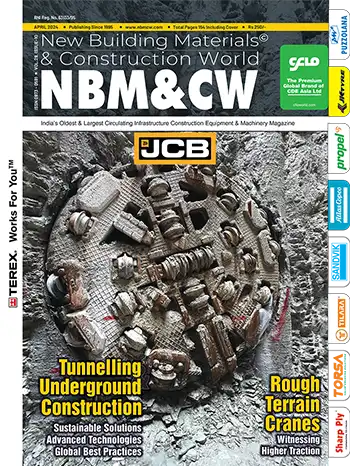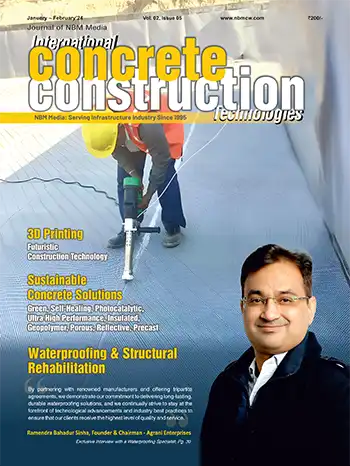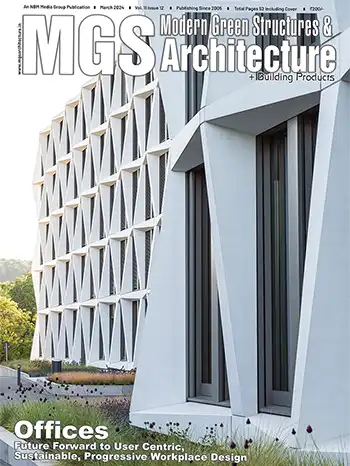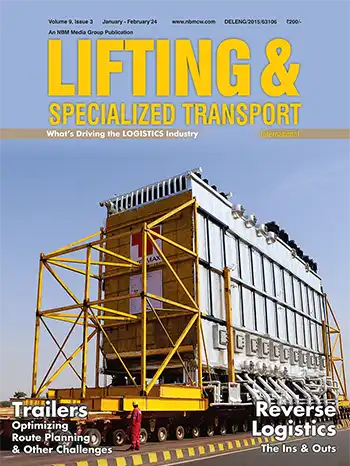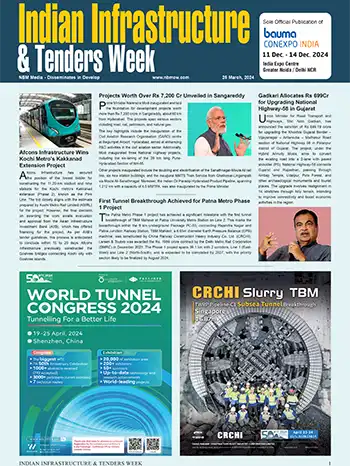Pre-engineered Building PEB System hit Indian construction market
India has the second fastest growing economy in the world and a lot of it, is attributed to its construction industry which figures just next to agriculture in its economic contribution to the nation. In its steadfast development, the construction industry has discovered, invented and developed a number of technologies, systems and products; one of them being the concept of Pre-engineered Buildings (PEBs). As opposed to being on-site fabricated, PEBs are delivered as a complete finished product to the site from a single supplier with a basic structural steel framework with attached factory finished cladding and roofing components. The structure is erected on the site by bolting the various building components together as per specifications. PEBs are developed using potential design software. The onset of technological advancement enabling 3d modelling and detailing of the proposed structure and coordination has revolutionised conventional building construction.
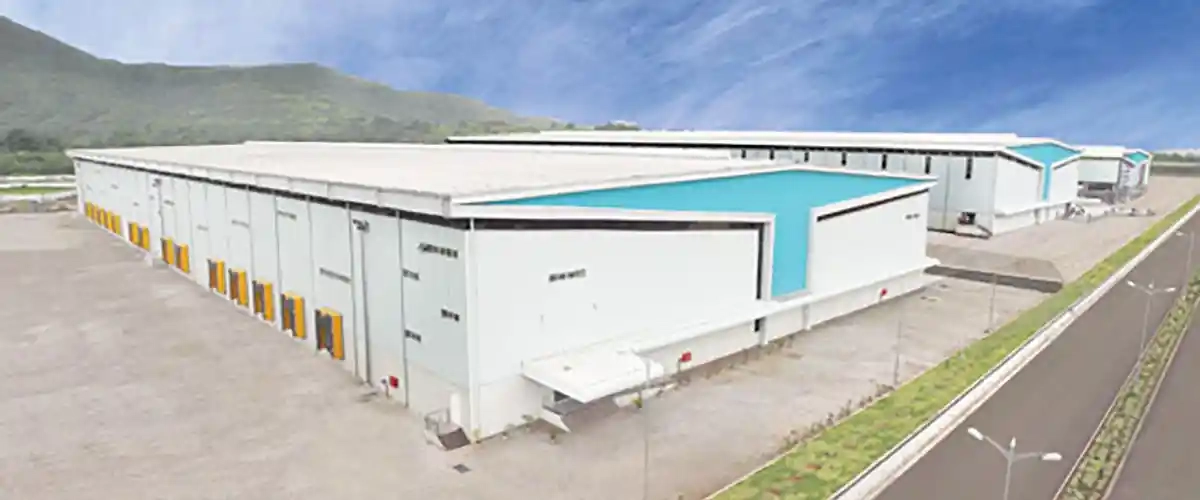 Arshiya International Limited - Free Trade Warehousing Zone Project at Panvel (Picture courtesy: Tata BlueScope Building Solutions)
Arshiya International Limited - Free Trade Warehousing Zone Project at Panvel (Picture courtesy: Tata BlueScope Building Solutions)
PEBs have hit the construction market in a major way owing to the many benefits they possess. They exemplify the rising global construction, technology and while they oppose the practice of conventional building construction they simultaneously have taken it to a higher level too. Worldwide, they are a much used concept with studies revealing that 60% of the non-residential low-rise building in USA are pre-engineered; for India the concept has been gaining momentum and the scope of growth is guaranteed looking at India's huge infrastructural requirements. Studies already validate that India has the fastest growing market in the PEB construction segment. The scope of using PEBs ranges from showrooms, low height commercial complexes, industrial building and workshops, stadiums, schools, bridges, fuel stations to aircraft hangers, exhibition centres, railway stations and metro applications. While we are still to see PEBs being used in residences in India, one can see their optimal use in warehouses, industrial sheds, sports facilities etc. The Delhi Airport and the metro projects of Delhi, Bengaluru and Mumbai are also examples of PEB applications.
 Arshiya International Limited - Free Trade Warehousing Zone Project at Panvel (Picture courtesy: Tata BlueScope Building Solutions)
Arshiya International Limited - Free Trade Warehousing Zone Project at Panvel (Picture courtesy: Tata BlueScope Building Solutions)PEBs have hit the construction market in a major way owing to the many benefits they possess. They exemplify the rising global construction, technology and while they oppose the practice of conventional building construction they simultaneously have taken it to a higher level too. Worldwide, they are a much used concept with studies revealing that 60% of the non-residential low-rise building in USA are pre-engineered; for India the concept has been gaining momentum and the scope of growth is guaranteed looking at India's huge infrastructural requirements. Studies already validate that India has the fastest growing market in the PEB construction segment. The scope of using PEBs ranges from showrooms, low height commercial complexes, industrial building and workshops, stadiums, schools, bridges, fuel stations to aircraft hangers, exhibition centres, railway stations and metro applications. While we are still to see PEBs being used in residences in India, one can see their optimal use in warehouses, industrial sheds, sports facilities etc. The Delhi Airport and the metro projects of Delhi, Bengaluru and Mumbai are also examples of PEB applications.
This is a premium article available exclusively for our subscribers.
If you are already a subscriber, please Login
If not, subscribe now and get access to well researched articles & reports on infrastructure construction, equipment & machinery, innovations & technology, project reports, case studies, and more. All this by simply paying just ₹200/- for a month of complete portal access, or a discounted rate of ₹1000/- for a full year of access.
MGS Architecture May-June 2012














